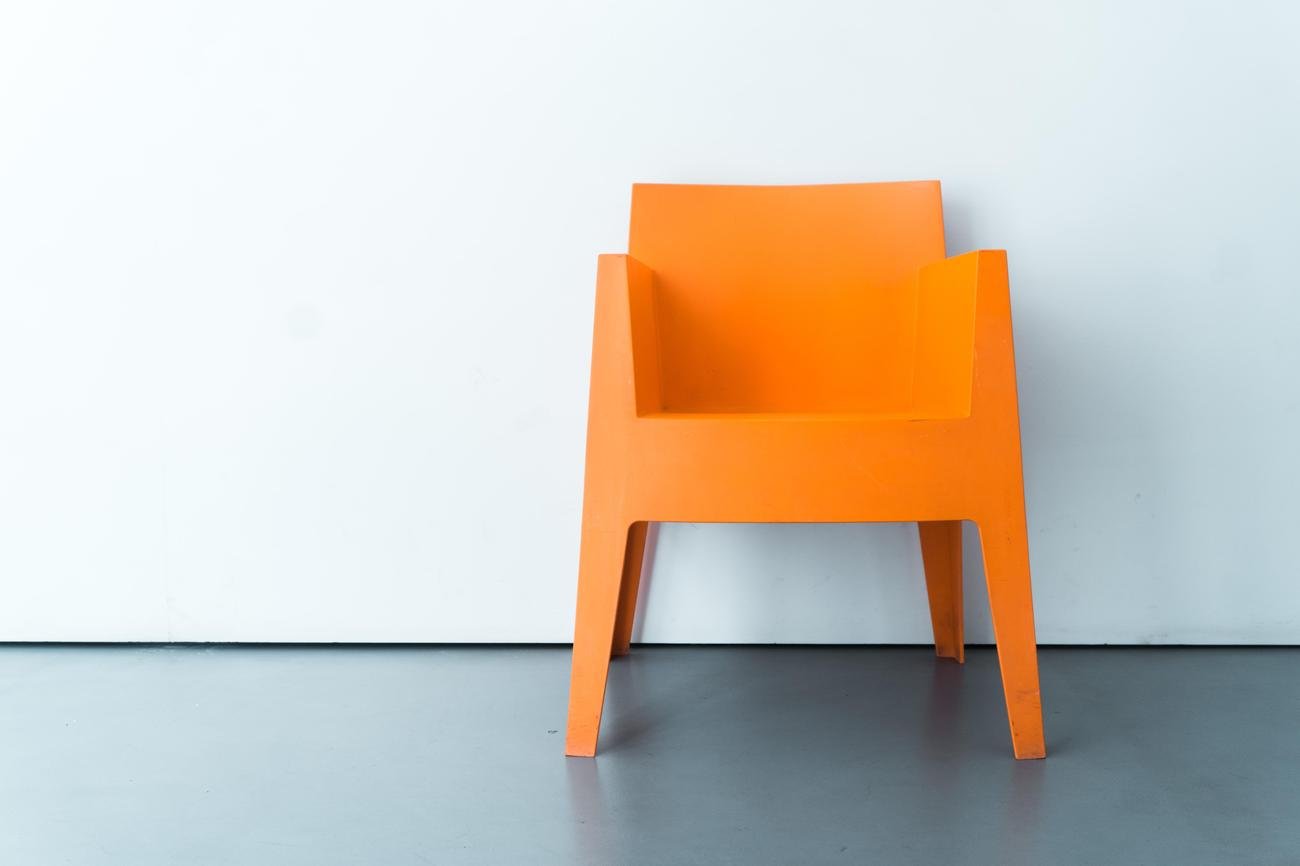Why are chairs important? The answer lies in the significance they hold in our daily lives. As a seasoned interior designer with over a decade of experience in both residential and commercial spaces, I understand the deep connection between chairs and the harmony of our surroundings. With a keen eye for functionality and aesthetics, I have curated countless seating arrangements that seamlessly blend form and comfort, transforming spaces into havens of relaxation and productivity. Chairs are more than just pieces of furniture; they shape our posture, affect our mood, and greatly impact our overall well-being. In this article titled The Importance of Chairs in Creating Harmonious Spaces, I aim to shed light on the multifaceted ways in which chairs contribute to the harmony and functionality of our living and working spaces.

Why are chairs important?
A chair may seem like a simple piece of furniture, but its significance in our lives should not be underestimated. As an experienced interior designer, I have witnessed firsthand the transformative power of a well-designed and carefully chosen chair. From promoting correct posture to enhancing comfort and well-being, chairs play a crucial role in creating harmonious spaces that cater to our physical and emotional needs.
Proper posture is essential for maintaining a healthy spine and preventing a myriad of neck and back problems. **Why are chairs important?** Because they provide the support necessary to keep our bodies aligned. A good chair promotes correct posture by keeping our spine in its natural curve and supporting the natural S-shape of our backbone. By sitting in a chair that encourages good posture, we can alleviate strain on our neck and back, reducing the likelihood of discomfort and pain. Proper posture not only enhances our physical well-being but also boosts our confidence and overall appearance.
A comfortable chair is a haven of relaxation and tranquility. **Why are chairs important?** Because they allow us to sit for extended periods without experiencing discomfort or strain. Whether we're working at a desk, enjoying a meal, or simply unwinding after a long day, a comfortable chair is crucial for a positive sitting experience. Chairs that are ergonomically designed and well-cushioned provide support and cushioning where needed, reducing pressure on sensitive areas such as the neck, back, and hips. By sitting in a comfortable chair, we can focus on the task at hand or simply immerse ourselves in relaxation without distraction.
[Quote: "A well-designed chair can be the difference between a strained body and a relaxed one."]
The shape and build quality of a chair greatly contribute to its comfort and safety. **Why are chairs important?** Because they directly impact our physical well-being. Chairs that are poorly designed or lack proper support can result in discomfort, fatigue, and even musculoskeletal problems. On the other hand, a well-designed chair supports the body in all the right places, reducing the risk of strain and injury. From the curvature of the backrest to the height and angle of the seat, every element of a chair's design should be carefully considered to ensure optimal comfort and safety.
Chairs also have the power to set the tone for an entire room. **Why are chairs important?** Because they contribute to the overall ambiance and aesthetic appeal of a space. Imagine walking into a beautifully designed living room with a stylish and inviting chair placed strategically in the corner. The presence of a well-chosen chair instantly makes the room feel warm, cozy, and inviting. On the other hand, a poorly selected chair can disrupt the harmony of a space, creating a disjointed and uninviting atmosphere. By carefully selecting chairs that complement the overall design scheme, we can create spaces that exude comfort, style, and personality.
[Quote: "Chairs are not just pieces of furniture; they possess the remarkable ability to transform a room into a haven of relaxation and productivity."]
In conclusion, chairs are not mere pieces of furniture; they play a vital role in our daily lives. From promoting correct posture and enhancing comfort to setting the tone for a space, their importance cannot be understated. As an interior designer, I understand the significance of choosing the right chairs that blend form and function seamlessly. By investing in well-designed chairs, we can create harmonious spaces that contribute to our overall well-being and elevate our quality of life.
[Table: Markdown format]
Chairs are more than just a place to sit; they have a fascinating history and a hidden world of fun facts waiting to be discovered. From their humble beginnings as a simple wooden stool to the modern ergonomic masterpieces designed for comfort, chairs have evolved in countless ways. If you’re curious about the intriguing world of chairs, click here to uncover some mind-blowing fun facts about chairs. Trust us, you won’t look at chairs the same way again!
{ “../fun-facts-about-chairs”}
transform the chair into something unrecognizable as a chair. So, at what point does it cease to be a chair? This brings us back to the question of composition and the blurry line between being made of something and just being that thing.
[youtube v=”fXW-QjBsruE”]
Deflationism offers a simple solution to this conundrum. It argues that all these different philosophical positions are essentially talking about the same thing: the arrangement of symbols that we perceive as a chair. Whether you believe in ontological reductionism, myriological universalism, or any other viewpoint, at the end of the day, we can all agree that there is a collection of symbols arranged in a way that resembles a chair.
Deflationism asserts that the existence of chairs is not some deep metaphysical mystery. It is simply a matter of how we choose to categorize and describe the world around us. We give names to objects and concepts based on their properties and functions, and if those names catch on, we include them in our dictionaries. The concept of chairs, like many other nouns, is a part of our human-created inventory of things.
But this raises another question: what about islands? By the same logic, islands also exist because we have agreed upon their existence and can observe them in the world. However, this comparison leads us to the realization that the distinction between objects like chairs and objects like in-cars or troggs is somewhat arbitrary. In-cars and troggs might seem silly and made-up, but so is the concept of islands when you think about it.
So, are chairs objectively more real than in-cars or troggs? The answer, according to deflationism, is no. These distinctions are simply linguistic and conceptual constructs that we use to navigate and communicate in the world. The same can be said for other philosophical debates surrounding composition, like the special composition question and myriology.
In the end, deflationism suggests that we can cut through the complexities of ontology by recognizing that these debates are just different ways of describing and categorizing the same underlying reality. Whether you believe in chairs as ontologically reducible objects, myriological universalism, or any other position, the fact remains that there is a collection of symbols arranged in a way that we perceive as a chair.
So, the next time you sit in a chair and contemplate its existence, remember that the answer to the question “Do chairs exist?” is ultimately a matter of how we choose to define and perceive them. Whether chairs are fundamentally real or just a product of our human concepts and language, they undeniably serve a purpose in our daily lives.

FAQ
Question 1: Why is correct posture important when sitting in a chair?
Answer 1: Correct posture is important when sitting in a chair because it promotes comfort and reduces the likelihood of neck and back problems. A good chair with proper support can align the spine, ensuring that the weight of the body is evenly distributed and reducing strain on the muscles and joints.
Question 2: How does a comfortable chair contribute to overall well-being?
Answer 2: A comfortable chair reduces discomfort in the neck, back, and hips, making it easier to sit for long periods of time without strain. By providing adequate support, cushioning, and ergonomic design, a comfortable chair allows individuals to maintain good posture and avoid the negative effects of prolonged sitting.
Question 3: What factors determine the comfort and safety of a chair?
Answer 3: The shape and build quality of a chair are major factors in its comfort and safety. A well-designed chair should have proper lumbar support, adjustable features for customization, and high-quality materials that can withstand regular use. Additionally, chairs with stability features and non-slip surfaces ensure safety while sitting.
Question 4: How do chairs contribute to the overall ambiance of a room?
Answer 4: Chairs play a pivotal role in setting the tone for a room. The right chair can make a space feel inviting, comfortable, and aesthetically pleasing. By choosing chairs that complement the overall design and style of the room, they contribute to creating a harmonious and welcoming atmosphere.
Question 5: Why are chairs considered one of the most important pieces of furniture in a room?
Answer 5: Chairs are considered one of the most important pieces of furniture in a room because of their functionality and ability to enhance the overall experience. They provide a place to sit, relax, socialize, or work. Well-designed chairs can significantly impact the usability and comfort of a space, making them essential in creating functional and inviting environments.












